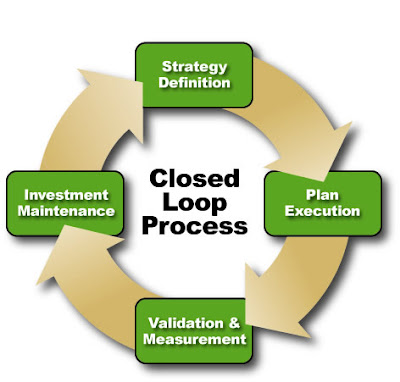Post
Net Promoter Score
Loyalty economics expert Fred Reichheld introduced the Net Promoter Score (NPS) in a 2003 Harvard Business Review article titled, "The One Number You Need to Grow". Reichheld posits that measuring how well an organization generates customer loyalty can be measured by asking customers, "Would you recommend this company to a friend?". Customers are asked to rate their answers on a 0-10 scale, which is divided up into three categories: “Detractors,” “Passives,” and “Promoters.”
- 0 – 6: Detractors. Unhappy customers who are unlikely to buy from you again, and may even discourage others from buying from you.
- 7 – 8: Passives. Respondents are satisfied with your service but not happy enough to be considered promoters.
- 9 – 10: Promoters. These are your loyal and enthusiastic customers.
NPS is calculated by subtracting the percentage of Detractors from the percentage of Promoters. For example, if 10% of respondents are Detractors, 20% are Passives and 70% are Promoters, your NPS score would be 70-10 = 60%.
% Promoters - % Detractors = Net Promoter Score
Pros and Cons of using NPS
Pros
- The NPS system is correlated with increased business growth
- Allows for easy bench marking across industries
- Uses a common language to classify customers
- The NPS system is intuitive and easy to use
Cons
- Feedback captured is limited
- Requires a customer management strategy to act on the results
“NPS is the first screen I look at on my computer when I arrive at the office each morning. It provides a litmus test of how well we are living up to our core values.”
— Walt Bettinger, Charles Schwab CEO
Net Promoter Philosophy
A Net Promoter System is a management philosophy, an idea of how to run a business. Companies using this framework commit to specific processes and systems that help teams focus on earning the loyalty of both customers and employees. The benefits can be enormous. Loyal, passionate customers stay longer, spend more, contribute suggestions and recommend your company to friends and colleagues. Loyal, passionate employees love working for your organization, suggest new ideas, and go the extra mile to delight customers.
There are four high level steps to consider when implementing a Net Promoter System:
-
Sort your customers
Not at all likely Neutral Extremely likely% Promoters - % Detractors = NPS (Net Promoter Score)Classify your customers by their response to your NPS survey. Respondents with a score 0 - 6 are detractors, 7 - 8 are neutral, and 9 - 10 are promoters. This classification helps to standardize the language used within an organization.
-
Develop a feedback process

Feedback loops enable companies to begin the process of discovering the root cause of the customer's experience— the deeper reasons underlying a the customer's score— and then take action to improve that experience. This is commonly referred to as closing the loop. “Closing the loop” means sharing feedback from a customer— ideally as immediately as possible- with the people most responsible for creating that customer's experience. Those people may be a customer success team, specific customer service representatives and supervisors, or the product designers, engineers, executives and others who help shape a customer's experience with the company.
-
Leadership commitment
The senior leadership team must embrace the goal of creating more promoters and fewer detractors as a mission-critical priority. They must make customer experience a priority in the company's strategy, lead by example, and offer teaching and coaching.
-
Focus on employees
Employees need to see and understand the connection between the work they do and its impact on customers. Ideally they should find it so inspiring that they bring their own energy, enthusiasm, and creativity to the task of delivering a great customer experience.
Creating an NPS survey
Recommendation question
Rating
On a scale of 0 to 10, how likely are you to recommend Justin Chill to a friend or colleague?
This is the core question that will be the primary way you measure your score. Typically a survey will ask for a score of 1 - 10, but other scales, such as smiley faces, work equally well.
Reason for your score
Feedback
What are the primary reasons for the score you gave us?
In this free text question, you ask the customer what their primary reason for giving the numerical score in the previous question is. This will help you discover the drivers for promoters and detractors in your responses. If you find you aren't deriving meaningful data from the responses you are collecting to this question, you may consider rewording it.
Suggestions for improvement
Feedback
Is there anything specific we can do to improve your experience?
In this question, you ask for suggestions on what you can do to improve their experience. This can be helpful to inform your followups- closing the loop with the customer that you heard and recognized their feedback. Note that not all situations will need both the “reason for your score” and “how could we improve” questions as often they will have the same answer. For example, if the reason they gave a bad score was, “long waiting times for phone support”, the way to increase the experience will probably be to, “shorten support wait times”.
Follow up permission
Follow Up
Would it be OK for us to follow up with you about your responses?
It’s polite to ask the survey respondent if you may follow up with them if needed. Not everyone will want to talk to someone about their feedback. Depending on how your survey was distributed, you may or not have that customer’s email or phone number, so don’t forget to ask for it you need to. Don’t ask for this information if you can get their contact info from another system.